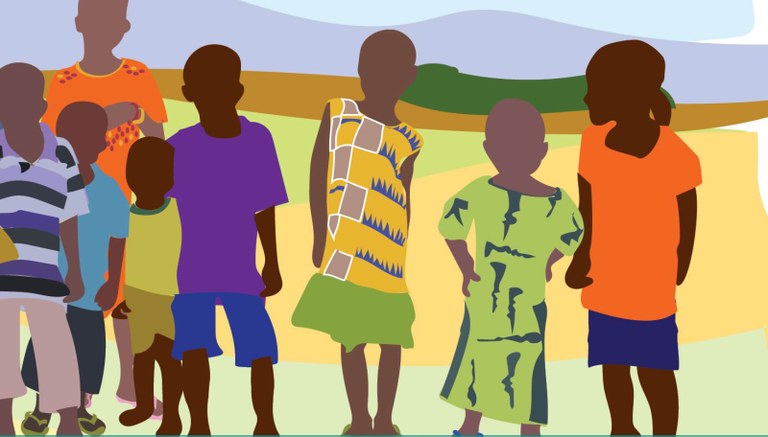Vulnerable Children

Community-based programs link many families to health and social services. These programs ensure that HIV-positive children have access and adhere to treatment and that HIV-positive caregivers can meet the needs of their children.
MEASURE Evaluation supports efforts to improve routine monitoring systems and collect information for case management, program monitoring, and identification of beneficiaries by vulnerable children programs. This collection of indicators is an important element of MEASURE Evaluation’s work to build capacity to monitor and evaluate community-based vulnerable children programs.
To create these common indicators, MEASURE Evaluation reached out to PEPFAR (The United States President’s Emergency Plan for AIDS Relief)—and other donor-supported programs that work at the community level to support vulnerable children—to obtain data collection tools. The tools chosen for this collection are those used by community workers in Nigeria, Ethiopia, South Africa, Uganda, Kenya, Côte d’Ivoire, the DRC, and Botswana to assess vulnerability and risk and monitor family care, services provided, and the status of adult and child beneficiaries and identify, enroll, and refer beneficiaries. The most common data elements among these tools were incorporated into the indicators in this collection. Each indicator is accompanied by a definition. These definitions were specifically designed to inform data collection by community programs and agents. To learn more about the vulnerabilities faced by children exposed to (or vulnerable to) HIV as well as associated tools and resources, go to the MEASURE Evaluation Orphans and Vulnerable Children main page.
- Number of people who were tested for HIV and received their results
- Number of people living with HIV who know their status
- Number of people currently on ART
- Number of people known to be on treatment 12 months after initiation of antiretroviral therapy
- Number of people who received sexually transmitted infection screening and treatment
- Number of people of reproductive age currently using a modern family planning method
- Number of people testing positive for tuberculosis who adhere to treatment
- Number of people identified to have experienced sexual, physical, or emotional violence
- Number of people reached with individual or small group level community HIV-prevention interventions
- Number of people who were nutritionally assessed and received nutrition counselling and therapeutic or supplementary food
- Number of people living with or affected by HIV provided with spiritual or psychosocial support services
- Number of vulnerable children provided with educational support services
- Number of people who accessed legal counsel, protection, or post-violence services
- Number of people provided with socioeconomic strengthening services
- Number of people provided with referrals for services in the past three months
- Number of people provided with completed referrals for services in the past three months
- Number of HIV-exposed infants with acute malnutrition at 12 months of age
- Number of beneficiaries served by vulnerable children programs
- Number of vulnerable children who are fully immunized
- Number of vulnerable children regularly attending school
- Number of vulnerable children living with HIV
- Number of HIV-exposed infants receiving a virological test for HIV within two months of birth
- Number of HIV-exposed infants who are exclusively breastfed at three months of age












